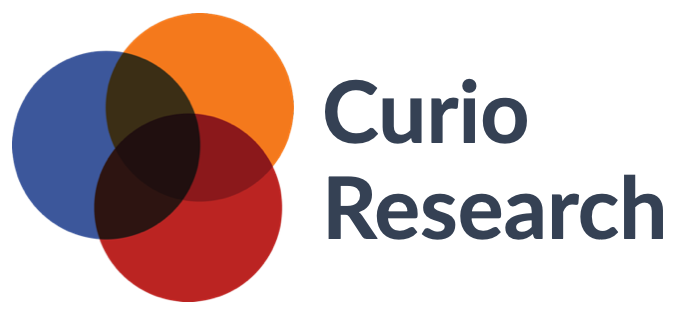Understanding Disabilities and Interaction Etiquette
Previously, we discussed the many reasons for involving people with disabilities in research. Now, let's move on to understanding and interacting with them.
Definitions
The world of disabilities is broad and complicated. Creating abstractions helps make it easier to understand. The Canadian National Association of Disabled Students (NEADS) categorizes the technical types of disabilities this way:
Physical Disabilities - These affect a person's mobility and dexterity. It includes the loss of limbs.
Visual Impairments - Only 5% of people with visual impairments are completely blind, and a lot of different factors can cause these impairments.
Intellectual Disabilities - This affects a person's ability to learn or process information. It can also inhibit their ability to communicate what they know.
Hearing Impairments - People don't have to be entirely deaf to qualify as hearing impaired. If a person loses their hearing after the age of 3, they can retain good speech and lip-reading ability.
Speech Disabilities - This includes stutters and the inability to utter sounds clearly.
Psychiatric Disabilities - This is the most commonly misunderstood disability category. These can be related to stress, major depression, bipolar disorder, anxiety, and schizophrenia. Depression is the most common form of these disabilities.
Neurological Disabilities - This category is associated with damage to the nervous system resulting in the loss of physical or mental function.
While these categories are helpful, we should recognize that people often don't fit neatly under one single category. They often qualify under multiple categories. A person can have both a physical disability in the form of needing a wheelchair and an intellectual disability in the form of autism.
Also, keep in mind there are many variations under these categories. For example, someone who has a visual impairment can be anywhere from color blind to completely blind, and their blindness may be innate, as in they were born with their impairment, or they may have become blind later in life.
Now remember, these are the technical definitions of disability; they do not encompass how individuals regard their situation. Someone may fit the technical definition of disabled yet reject the label. For instance, a deaf person may see their position as being one of a language barrier and not a disability. They see their inability to hear or speak as being overcome with interpreters, not unlike someone who speaks a foreign language. The technical versus the personal definition is why accounting for a person's individuality is so important in establishing mutual respect and rapport. If you need to broach the subject, approach it with humility, and a genuine willingness to learn.
Disabilities are not always visible or apparent. People can be disabled, but appear utterly able-bodied at first glance. Trust the person in front of you. If they say they have a disability and need accommodation, believe them.
I like how Microsoft looks at disabilities. They see them as a continuum. Someone can be permanently disabled from the loss of an arm, another person may be temporarily disabled from a broken arm, and yet another person on this one-armed continuum may only be situationally disabled from carrying a heavy bag of groceries. When Microsoft builds something for someone with one arm due to a permanent disability, they solve a problem for those with a temporary or situational disability as well. Making products more accessible for people with permanent disabilities to use makes these products more manageable for everyone to use. Think about how easy it is to use your smartphone with one hand.
Etiquette and Consideration
A lot of the apprehension towards working with people with disabilities is that we don't know how we can interact in a way that is personable and respectful. Here are some simple ground rules:
If you need to address a person's disability, ask if they have a preference between identity language and person-first language.
Person-first language recognizes a person before their disability.
Instead of saying someone is autistic, you say they are a person with autism.
Instead of saying someone is paraplegic, you say they are a person with paraplegia.
Identity language recognizes a person's disability as part of who they are and how they present themselves.
A person doesn't have schizophrenia; they are schizophrenic.
Instead of saying they are a person with blindness, they are blind.
Speak directly to them, not their interpreter, and make sure you have their attention before you start speaking.
Ask if they want your help before giving it.
Don't touch them, their assistive devices, or their service animals without their permission.
Be attentive and patient when talking to someone who has difficulty communicating.
Be prepared to ask a lot of questions around what they want and need and forego any assumptions you may have.
Yes, this is complicated, but not impossible. Again, approach the subject with humility and the desire to learn, and you can do it. Ask a lot of questions, be prepared for the answers, and be ready to make adjustments to your behavior and perceptions.
Next up, how do we do accessible qualitative research?
